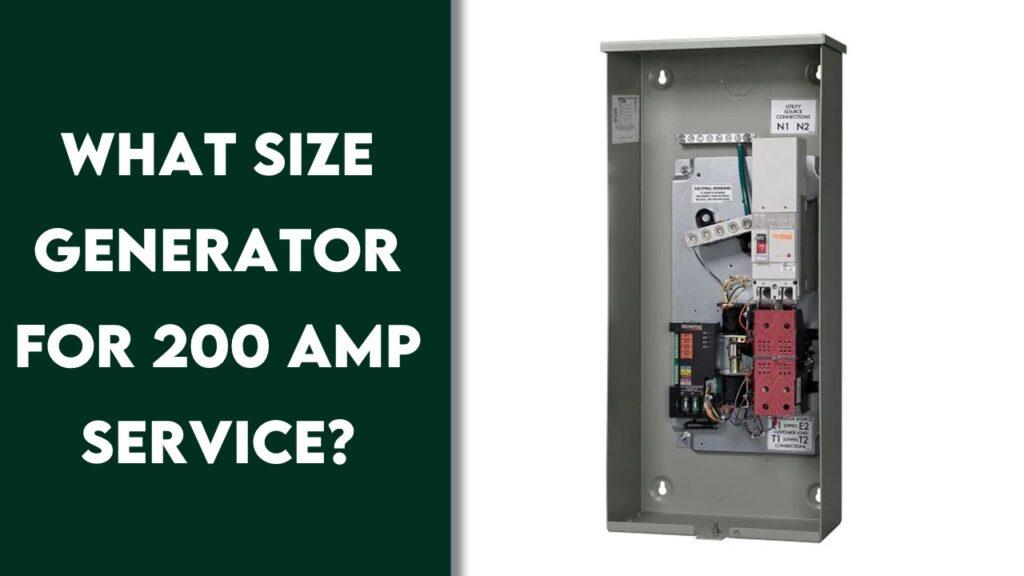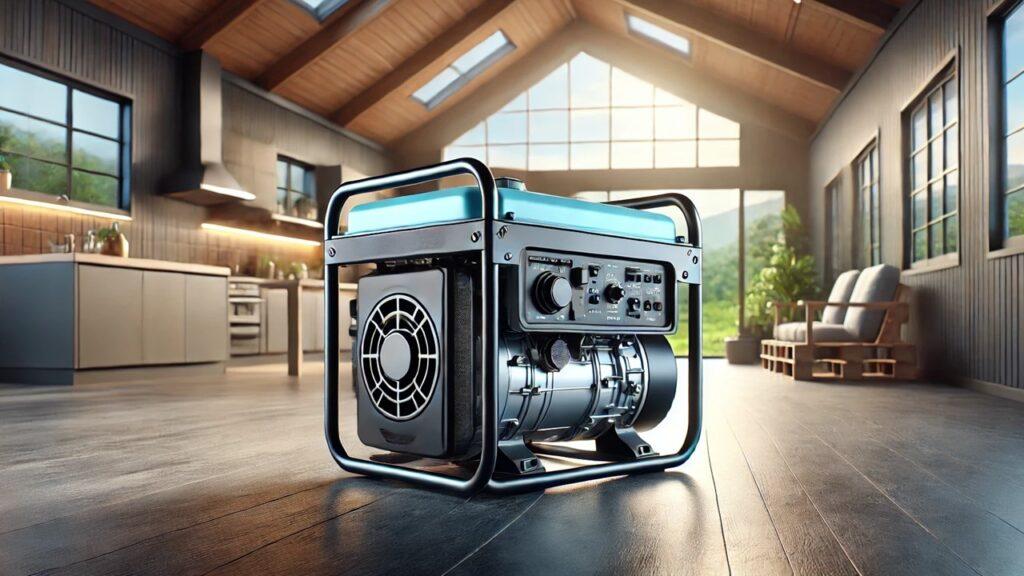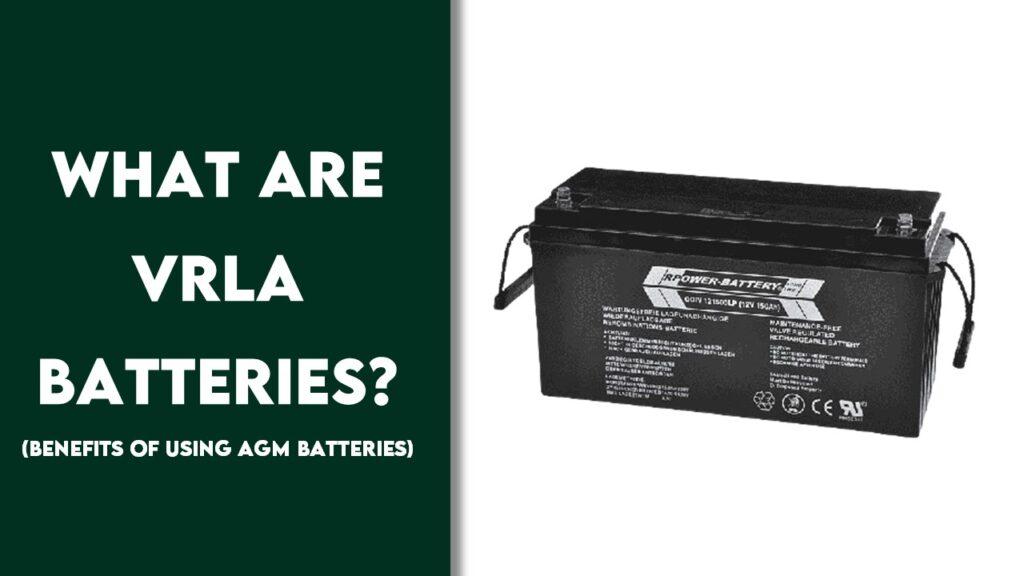
If you’re wondering what size generator for 200 AMP service is right, the answer is straightforward: you’ll need a generator with at least 15,000 to 20,000 watts. This size ensures you can power your entire home without worrying about overloads or interruptions. In this guide, we’ll break down why this size is crucial and how to choose the best generator for your needs. Whether you’re preparing for an emergency or just want peace of mind, understanding the right generator size is key. Let’s dive in and explore what makes this the right choice for your 200 AMP service.
What Is 200 AMP Service?
A 200 AMP service is the electrical system that supplies 200 amperes of current to your home. This level of service is common in homes that have more electrical demands, such as large HVAC systems, multiple appliances, or advanced home entertainment systems. It allows you to run all these systems simultaneously without tripping breakers or causing other electrical issues.
Why 200 AMP Service Matters for Generator Sizing
Choosing the right generator size is crucial when you have a 200 AMP service. If the generator is too small, it won’t be able to handle the load, leading to power outages or damage to your equipment. A generator that’s too large, on the other hand, may be an unnecessary expense. The goal is to find the right balance, ensuring that your generator can efficiently power your home during an outage. Here is our suggestion for the top generators for emergency home backup.
Factors to Consider When Choosing a Generator for 200 AMP Service
Choosing the right generator involves more than just looking at wattage. You need to consider several factors to ensure you’re making the best choice for your 200 AMP service. Let’s dive into the key aspects you should keep in mind.
Power Requirements
Before you select a generator, it’s important to calculate your home’s power needs. This means adding up the wattage of all essential appliances and systems. Start by identifying which devices you need during an outage—like refrigerators, heating systems, and lights. Each of these appliances has two power levels: starting wattage and running wattage. Your generator must cover both.
Phase: Single-Phase vs. Three-Phase Power
Another critical factor is the phase of your power. Most residential homes use single-phase power, which is sufficient for standard appliances and systems. However, if you have a larger property or special equipment, you might need three-phase power.
Understanding whether your home uses single-phase or three-phase power is key to choosing the right generator. For 200 AMP service in a typical home, a single-phase generator will usually be enough.
Fuel Type and Availability
The type of fuel your generator uses is also important. Common options include gasoline, propane, and diesel. Gasoline is easy to find but can be less efficient over time.Propane burns cleaner and stores longer, but it may require more storage space.
Diesel is reliable and fuel-efficient, especially for larger generators. Consider the availability and storage needs of each fuel type to choose the best option for your situation.
Generator Type: Standby vs. Portable
Lastly, decide whether a standby or portable generator is better for your needs. Standby generators are permanently installed and start automatically during an outage. They’re powerful and convenient but come with a higher price tag.
Portable generators are more affordable and can be moved around, but they require manual operation and fuel management. For a 200 AMP service, a standby generator is often the best choice for whole-home backup.
Determining the Right Generator Size For A 200 Amp Service
Choosing the right size generator for 200 AMP service is critical to ensuring your home has enough power during an outage. The size of the generator determines how much electricity it can provide. If it’s too small, you’ll struggle to power everything you need. Let’s explore how to figure out the perfect generator size for your 200 AMP service.
Calculating the Right Size
To find the right generator size, start by calculating your home’s total power needs. Add up the wattage of all the appliances and systems you want to run during an outage. Include essentials like your refrigerator, heating or cooling systems, lights, and any medical devices.
Remember that some appliances have a higher starting wattage, so account for that too. For 200 AMP service, you typically need a generator with at least 15,000 to 20,000 watts. This size ensures that you can run most, if not all, of your home’s critical systems without overloading the generator.
Common Sizes and Their Capabilities
Generators come in different sizes, measured in kilowatts (kW). For 200 AMP service, generators in the 15,000 to 20,000-watt range are common. A 15,000-watt generator can handle most essential appliances, while a 20,000-watt generator provides even more coverage.
The larger the generator, the more appliances you can run simultaneously. If you want to power your entire home, including luxuries like a central air system or multiple refrigerators, go for a 20,000-watt generator. Otherwise, a 15,000-watt generator should cover most basic needs.
Sizing your generator correctly is key to keeping your home powered smoothly during an outage. Whether you need to run just a few essentials or your entire home, understanding your power needs and choosing the right generator size will ensure you’re prepared.
Installation and Safety Considerations
Once you’ve chosen the right generator size for your 200 AMP service, the next step is to think about installation and safety. Proper installation is crucial to making sure your generator works correctly and safely. Let’s break down what you need to know to get your generator up and running.
Installation Requirements for 200 AMP Service Generators
Installing a generator for 200 AMP service isn’t a DIY job. It requires professional installation to ensure everything is connected properly. The generator must be wired into your home’s electrical system, usually through an automatic transfer switch. This switch automatically starts the generator when the power goes out and shuts it off when power is restored. It’s important that the installation meets local electrical codes and safety standards to prevent any issues.
Ensuring Safe Operation
Safety should always be a top priority when using a generator. Make sure the generator is installed in a well-ventilated area to prevent carbon monoxide buildup. Keep it away from windows, doors, and vents to avoid fumes entering your home.
Regular maintenance is also essential—check the oil levels, replace filters, and test the generator periodically to ensure it’s ready when you need it. Grounding the generator properly is another critical safety step, as it protects against electrical shocks.
By focusing on proper installation and safety, you can ensure that your generator runs efficiently and protects your home during power outages. Following these guidelines will give you peace of mind knowing that your generator is installed correctly and operates safely.
Cost Implications
When choosing a generator for your 200 AMP service, it’s essential to think about the costs involved. Generators that can handle such a high power demand are typically more expensive. The price can vary widely based on the generator’s size, type, and features. By understanding these cost implications, you can make a well-informed decision that fits your budget and ensures reliable power backup for your home.
Cost of Generators Suitable for 200 AMP Service
Generators capable of supporting 200 AMP service usually come with a higher price tag. A generator in the 15,000 to 20,000-watt range typically costs between $3,000 and $6,000, depending on the brand and model.
This price reflects the generator’s ability to power a large portion, if not all, of your home. Additionally, the cost of installation should not be overlooked. Installing a generator, especially with an automatic transfer switch, can add another $1,000 to $3,000. This is because professional installation ensures that the generator is correctly integrated into your home’s electrical system, following all safety guidelines.
While the initial costs might seem high, it’s important to remember what you’re paying for. A generator that can reliably power your home during an outage is a valuable investment, especially if you live in an area prone to power interruptions. The upfront expense is often outweighed by the peace of mind and security that a high-quality generator provides.
Long-term Financial Considerations
In addition to the purchase and installation costs, you should also consider the long-term financial implications. A well-maintained generator can last for many years, offering reliable service when you need it most.
However, this longevity requires ongoing maintenance, which includes regular oil changes, filter replacements, and periodic testing. These maintenance tasks are essential to ensure the generator runs smoothly when called upon. Skipping maintenance can lead to costly repairs or even shorten the generator’s lifespan.
Fuel costs are another factor to consider. Generators run on various fuels, including gasoline, propane, and diesel.
Diesel generators are often more fuel-efficient, which can save money in the long run, but they tend to be more expensive upfront.
Propane and gasoline are easier to find, but they may require more frequent refueling. Understanding these costs will help you choose a generator that not only meets your immediate needs but also offers the best value over time.
By taking both the initial and long-term costs into account, you can make a financially sound decision that ensures your home remains powered without unexpected expenses.
Final Thoughts!
Selecting the right generator for your 200 AMP service is a decision that impacts both your home’s safety and your budget. It’s not just about picking any generator; it’s about finding one that meets your specific needs, fits your financial plan, and offers reliable power when you need it most. Each step of this process, from understanding your power requirements to calculating the correct size and considering installation needs, plays a crucial role in making the right choice.
When you carefully assess your home’s power needs and choose the appropriate generator size, you ensure that your home will remain comfortable and functional during a power outage. A properly sized generator prevents the risk of overloads and ensures that all your essential appliances can operate smoothly. This makes the investment in a high-quality generator worthwhile.
The cost implications also play a significant role in your decision-making process. While the upfront costs of purchasing and installing a generator may be high, the long-term benefits outweigh these initial expenses. Knowing that your home is protected against unexpected power outages brings a sense of security that’s hard to put a price on.
In summary, by following this guide and considering all aspects—from size and cost to installation and safety—you can confidently choose a generator that will keep your home running smoothly no matter what. With the right generator, you’ll enjoy peace of mind, knowing that you’re prepared for anything.
Related FAQs
Can I Upgrade To A 200-Amp Service From A Lower Amp Service?
Yes, upgrading from a lower amp service to a 200-amp service is possible, but it requires a licensed electrician.
What Does Upgrading To A 200-Amp Service Entail?
Upgrading involves installing a larger electrical panel, upgrading wiring, and possibly replacing the meter socket and service entrance cable.
What Are The Advantages Of Upgrading To A 200-Amp Service?
Upgrading provides more electrical capacity, better performance, and greater safety, allowing for additional high-powered devices.
Is It Safe To Upgrade To A 200-Amp Service By Myself?
No, only a licensed electrician should perform a 200-amp upgrade to ensure safety and compliance with regulations.
Do I Need A Professional To Upgrade To 200-Amp Service?
Yes, a licensed electrician is necessary to safely upgrade to a 200-amp service and ensure everything is up to code.
At our core, we’re a group of passionate generator, inverter, solar energy, battery enthusiasts. We dive deep into the world of tech, especially when it’s about powering your home, RV or outdoors. We try to provide as much value to the readers with our information and how to blog articles as possible. For affiliate articles our honest and transparent reviews of essential tech products are rooted in real-world experience. We take great satisfaction in offering unbiased evaluations, ensuring that you can make informed decisions when investing in your desired techs.


![The 7 Best 10000 Watt Generators In 2025 – [Portable Powerhouse]](https://www.powerelectrichub.com/wp-content/uploads/2024/09/Best-10000-Watt-Generators-1024x576.jpg)

